Klavdij Sluban’s Photographic Journal of a Poetic Journey
In ‘Divagation – in the footsteps of Basho’, the artist takes us on a journey inspired by 17th-century Japanese poetry.
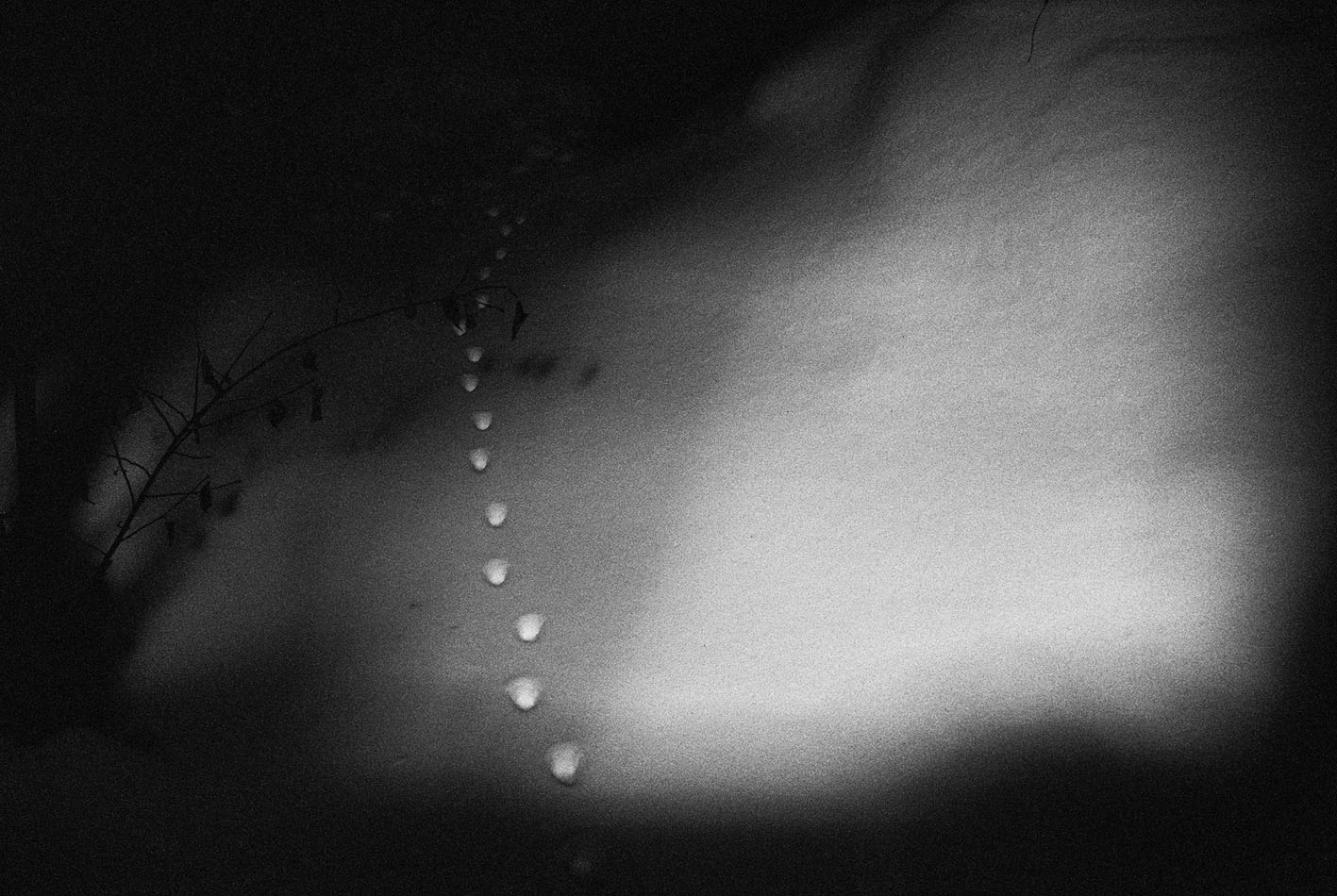
Klavdij Sluban © the (M) éditions
Inspired by the journeys of Japanese poet Matsuo Basho (1644-1694), the classical haiku master whose short poems would use sensorial language to express an emotion or image, photographer Klavdij Sluban decided to retranscribe these unique travels across Japan in the form of black-and-white analogue photos.
Divagation – in the footsteps of Basho recounts a poetic journey taken between 2015 and 2016, during which the photographer walked from Kyoto to Tokyo over fifteen days.
Emotions that can’t be mapped
While Matsuo Basho claimed that the haiku is not in the words but in the heart, Klavdij Sluban wished to confront this idea by reducing the importance of the location.
The Franco-Slovenian photographer explained that his project was the fruit of ‘an implicit meditation, stimulated by the fortuitous and contingent union of landscape and a memory of the past.’ Developing the intention for this work, produced in collaboration with the Villa Kujoyama, Klavdij Sluban adds, ‘as long as we know that it’s a mountain, a river, a rock, we don’t need a map to relive the impressions or the feelings of the author.’
Divagation – in the footsteps of Basho (2017), three books of 33 images by Klavdij Sluban, is published by the (M) éditions.
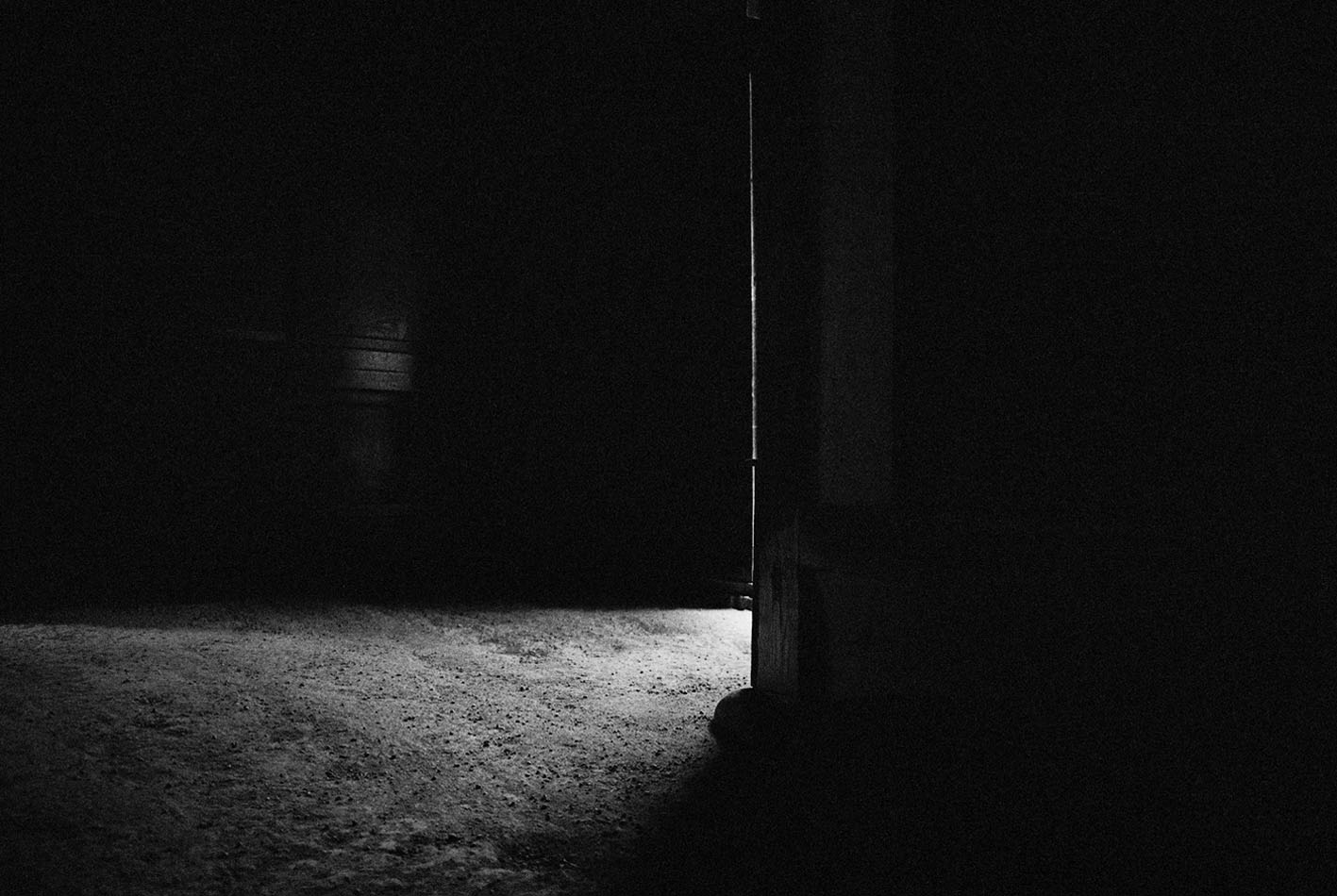
Klavdij Sluban © the (M) éditions
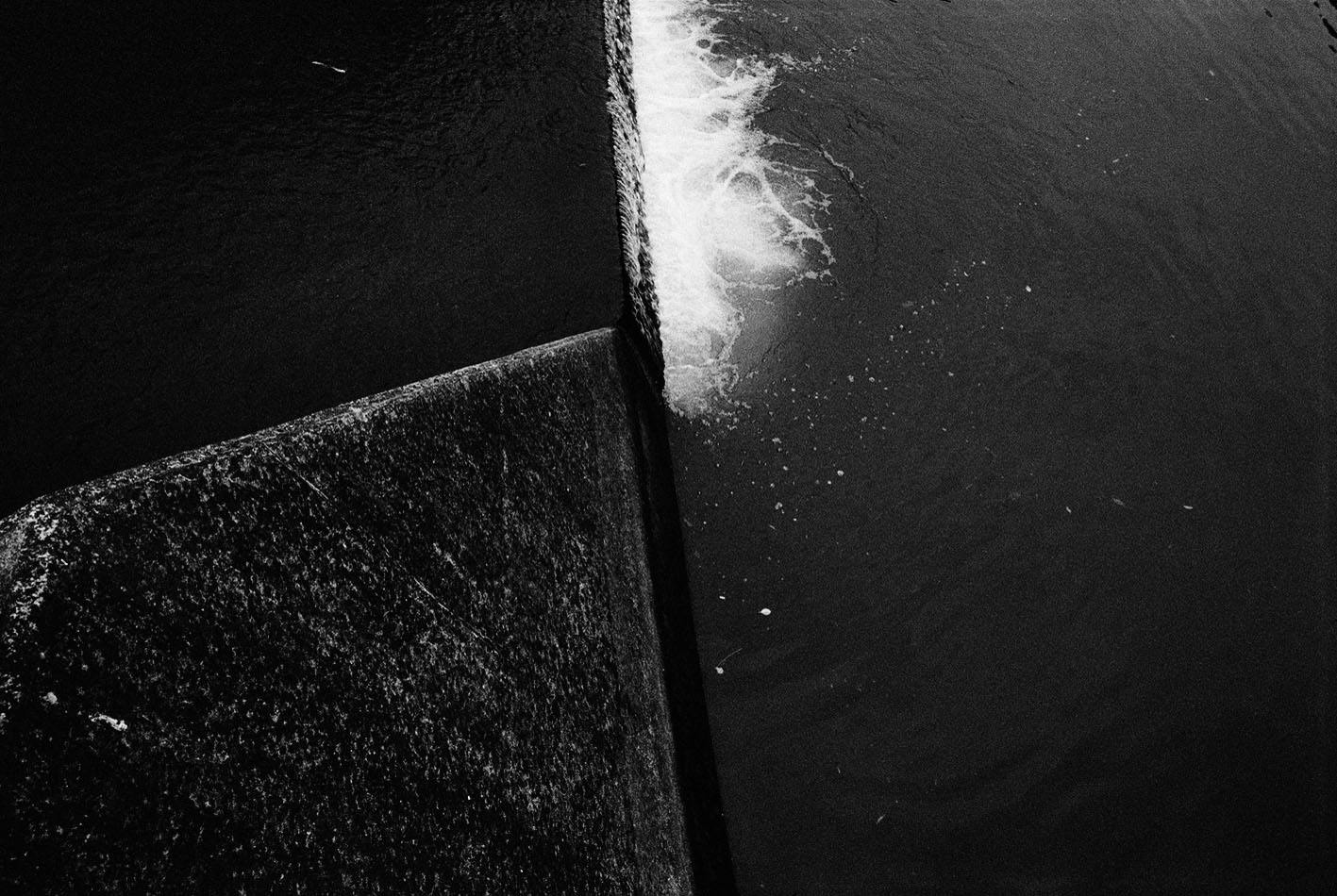
Klavdij Sluban © the (M) éditions
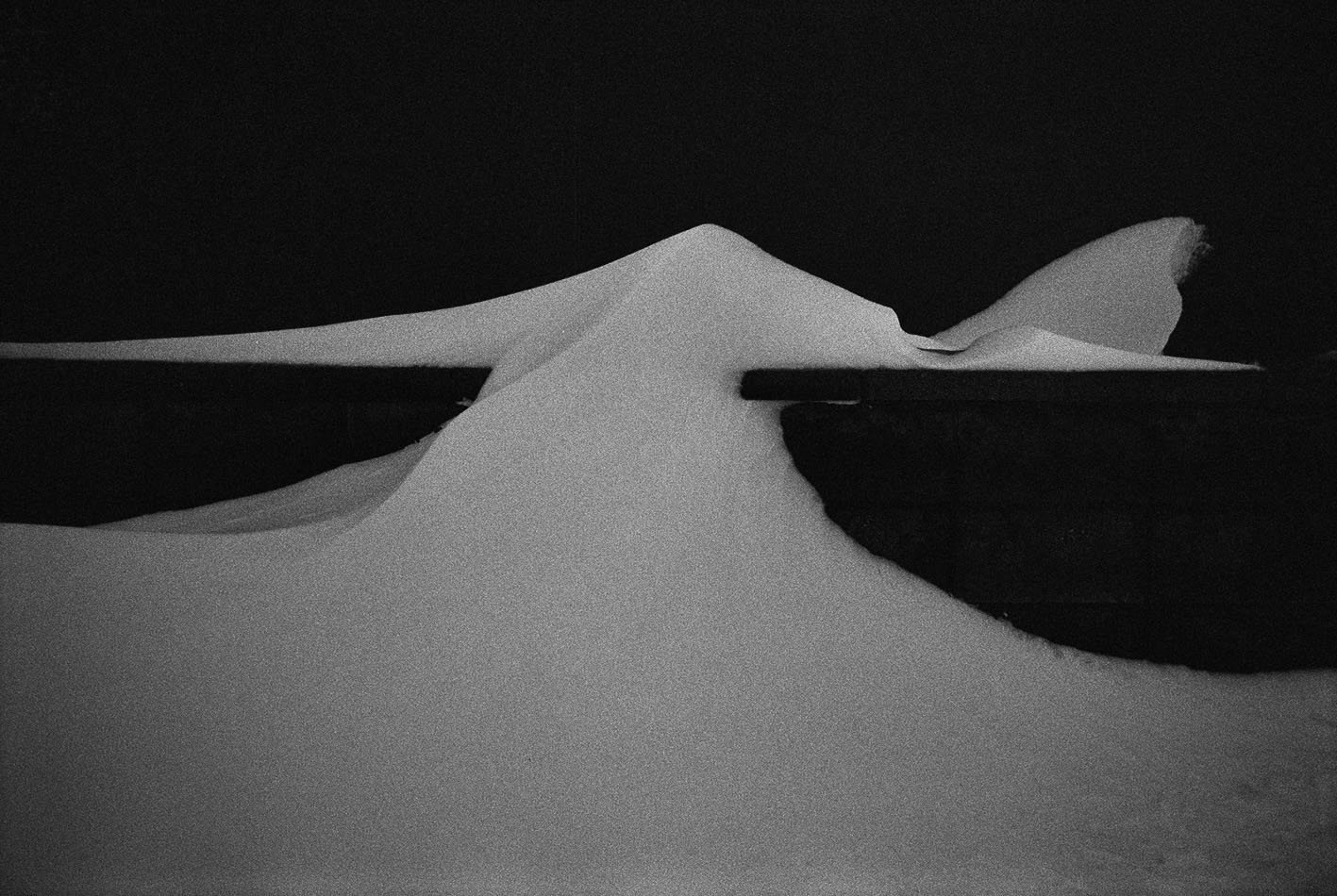
Klavdij Sluban © the (M) éditions
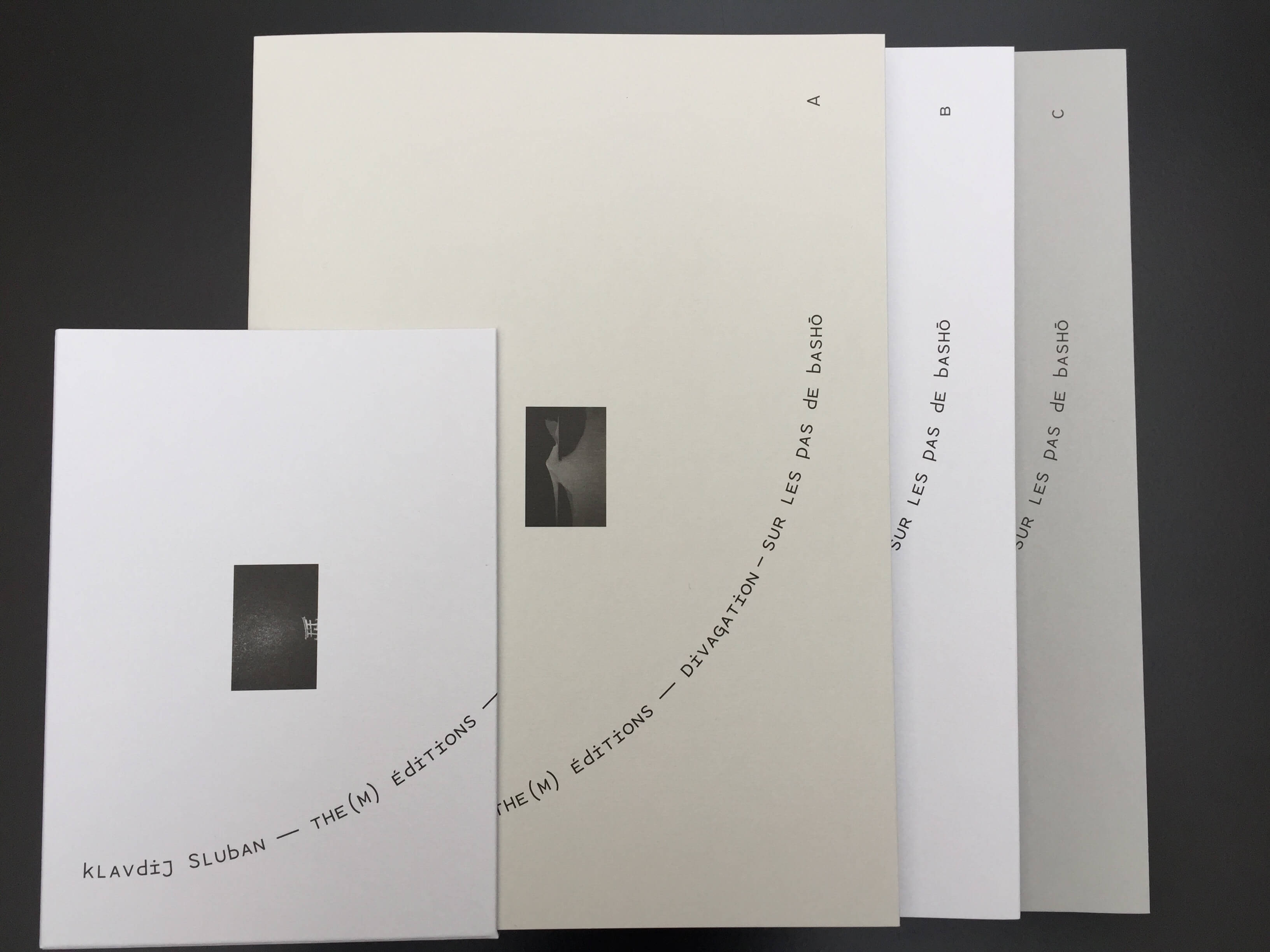
Klavdij Sluban © the (M) éditions
TRENDING
-
The Tattoos that Marked the Criminals of the Edo Period
Traditional tattoos were strong signifiers; murderers had head tattoos, while theft might result in an arm tattoo.

-
Chiharu Shiota, Red Threads of the Soul
Last year, more than 660,000 people visited the retrospective 'Chiharu Shiota: The Soul Trembles' exhibit at the Mori Art Museum.

-
‘Before Doubting Others, Doubt Yourself. Who Can Truly Say a Dish Isn’t What It Used to Be?’
In ‘A Non-Conformist’s Guide to Surviving Society’, author Satoshi Ogawa shares his strategies for navigating everyday life.

-
The Story of Sada Yacco, the Geisha who Bewitched Europe
Described by Dazed magazine as the first beauty influencer, she has been restored to her former glory since 2019.

-
Ito Jakuchu's Naturalist Paintings
From 15 September until 14 October 2018, the Petit Palais showcased the artist's iconic ‘Images of the Colourful Realm of Living Beings’.





